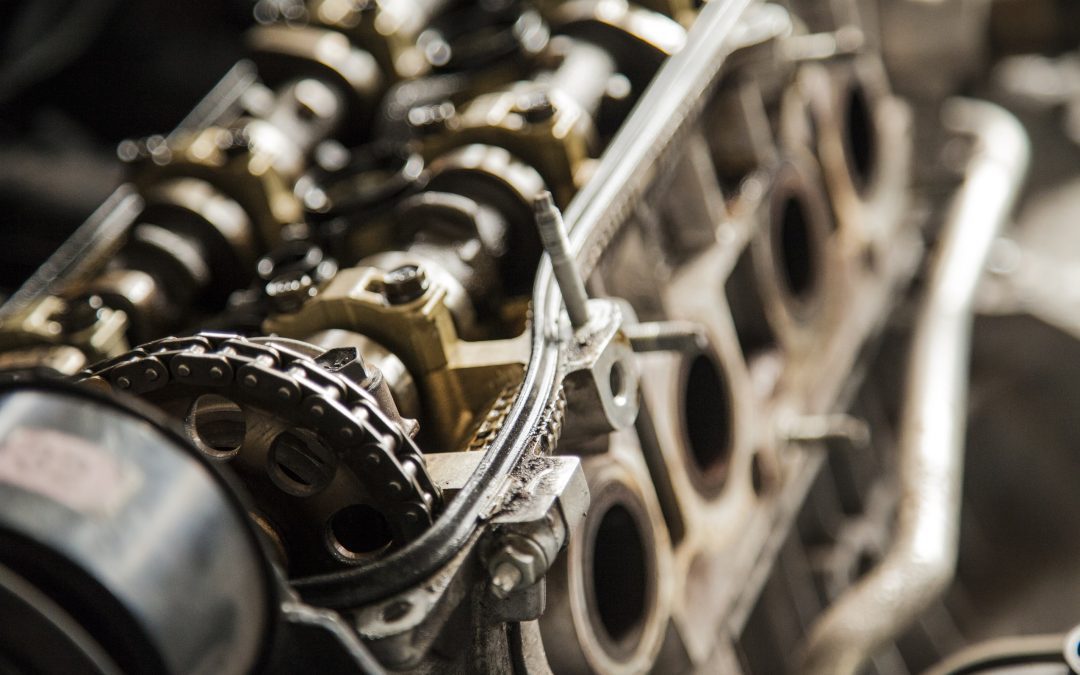We often get asked by folks whether or not their item of scrap can be recycled. Some items may look like they can be recycled, but are actually metals mixed with too many other things to have any real value. The best bang for your buck is a metal that passes the “Magnet Test.”
The Magnet Test helps to identify a metal that has a high concentration of iron. This is known as a “ferrous” metal. This comes from the Latin word, “ferrum,” which means iron. Ferrous metals are also prone to rust, which is another good “tell.”
Many non-ferrous metals can be recycled. These include aluminum, tin, copper, titanium, and more. Most precious metals, like gold and silver, are also non-ferrous.
Ferrous metals are very strong, durable, and are great at conducting electricity. For this reason, it’s a common metal for industrial and cooking uses. Pots, pans, skillets, and many items of cutlery are ferrous. Many of the garden tools in your shed are ferrous. When you look at the most durable parts of your car or truck – axels, brake rotors, the engine block – you’re likely looking at a ferrous metal. Railroads are built on ferrous metals, from the cars to the rails.
Did you know that a standard railroad freight car has enough ferrous metal to build as many as 20 passenger cars?
This is why recycling your metal is so important.
Some of the earliest tools created by humans was made from ferrous metals. In ancient Egypt, they created tools from mined iron-nickel. They probably didn’t know it then, but it came from meteorites. As humans became more creative and adept at making tools and implements, the processes of cooking and farming became more prevalent. They even gave this period a name: “The Iron Age.”
Ironic, don’t you think?
Sometime around 400 AD, craftsmen in India created a 23-foot tall pillar made of iron for their king. It’s covered with inscriptions honoring the king (and others who followed). The whole thing weighs almost 13,500 pounds. Amazingly, even though it’s going on 2,000 years old, it still stands in Delhi, and you can still see the inscriptions.
Tells you a bit about the durability of iron, doesn’t it.

Recent Comments